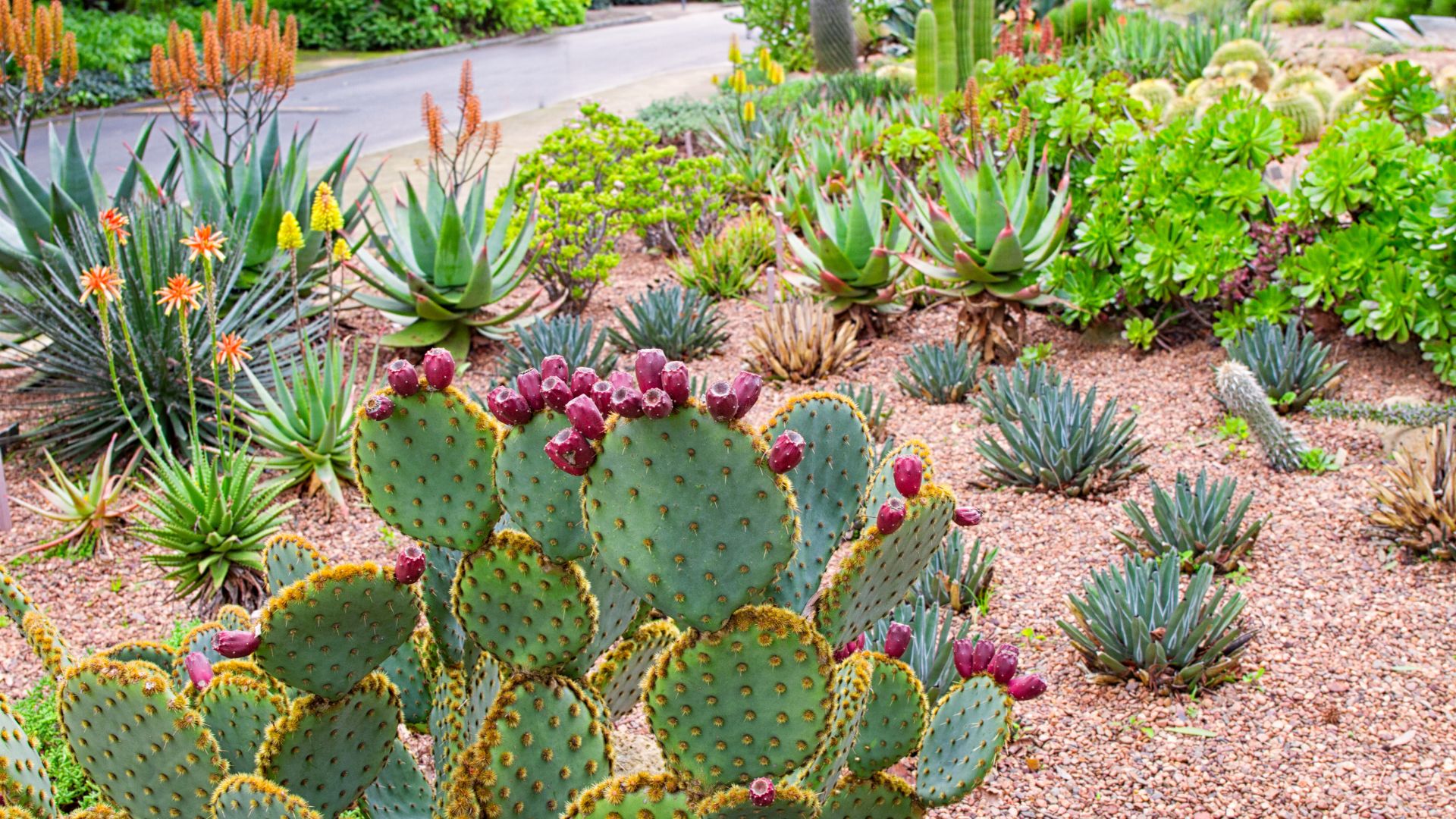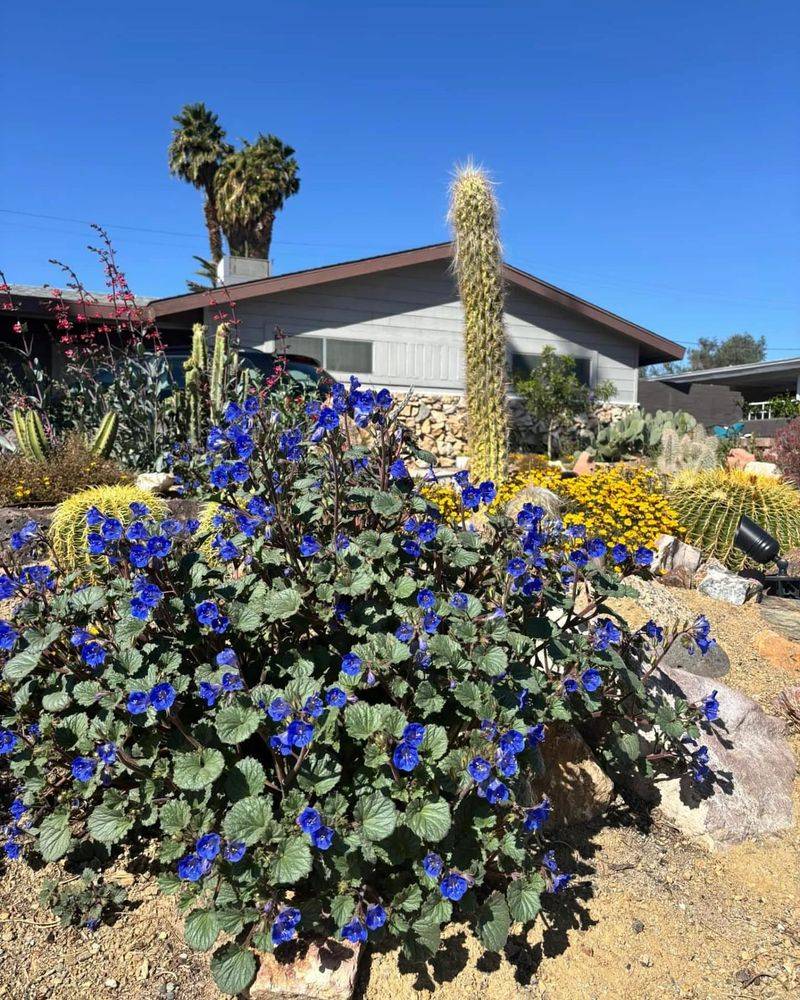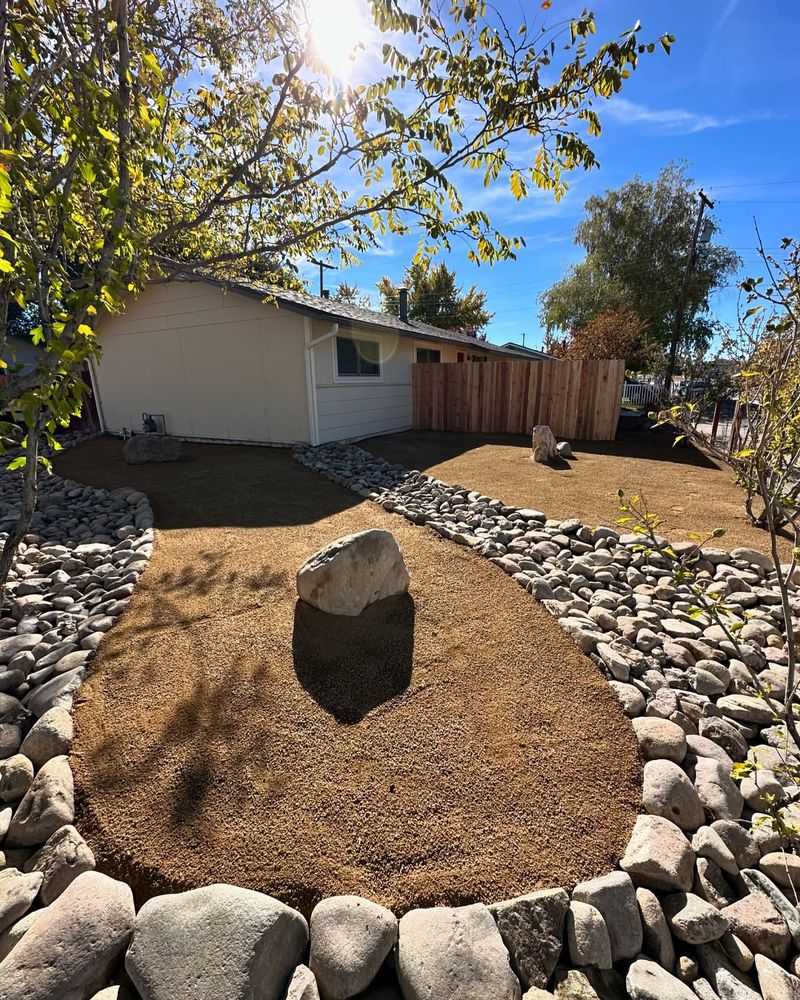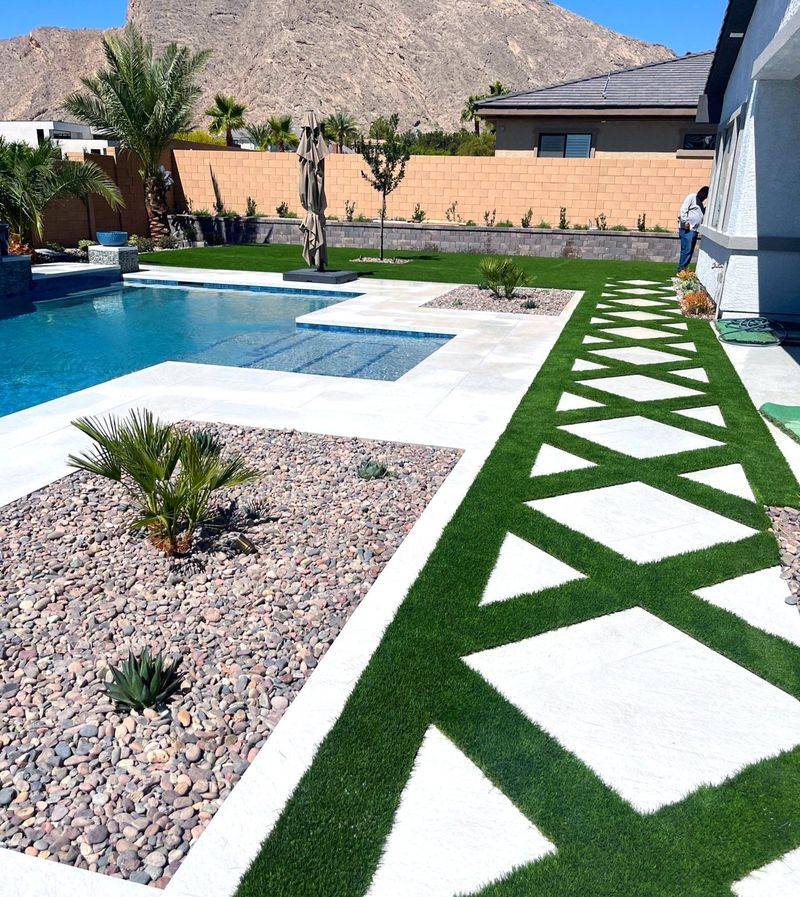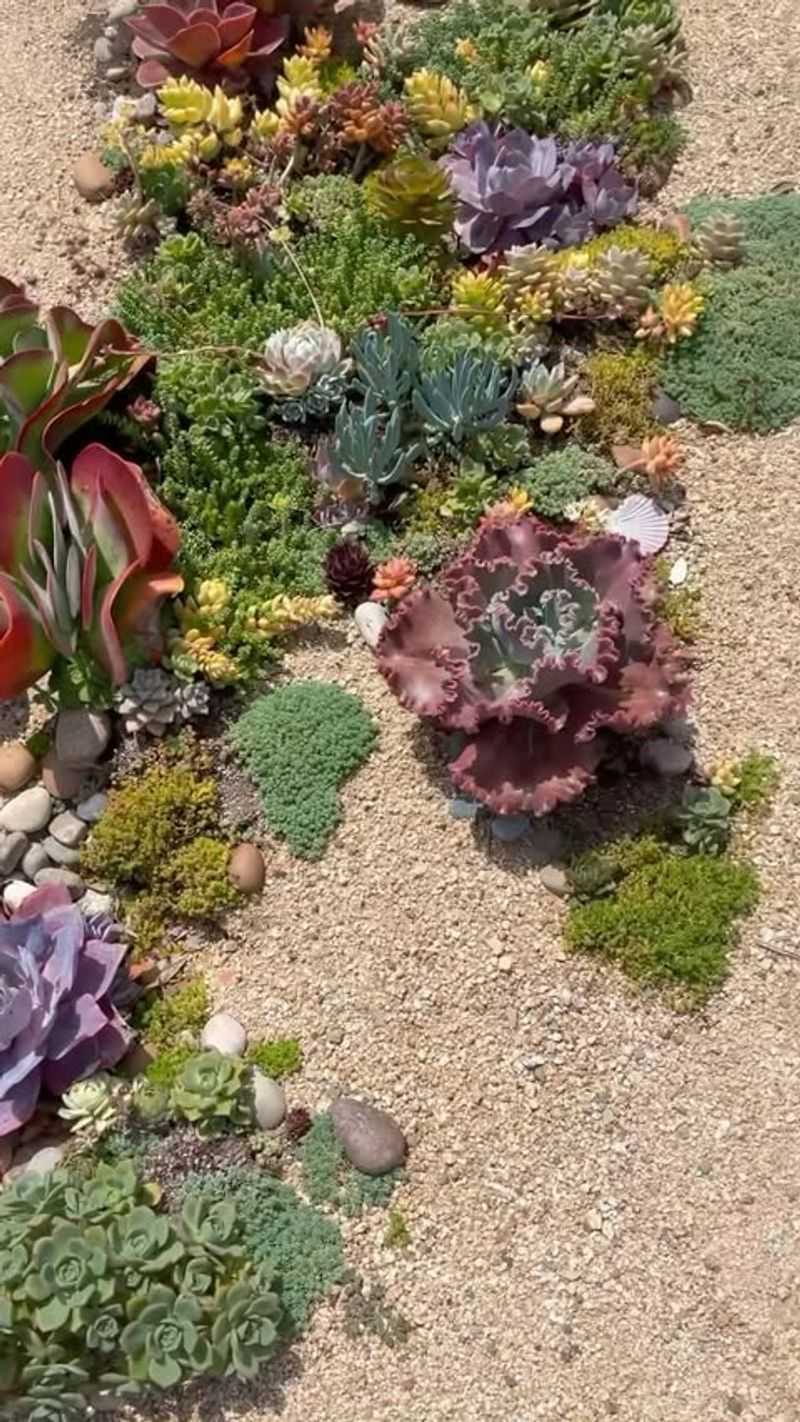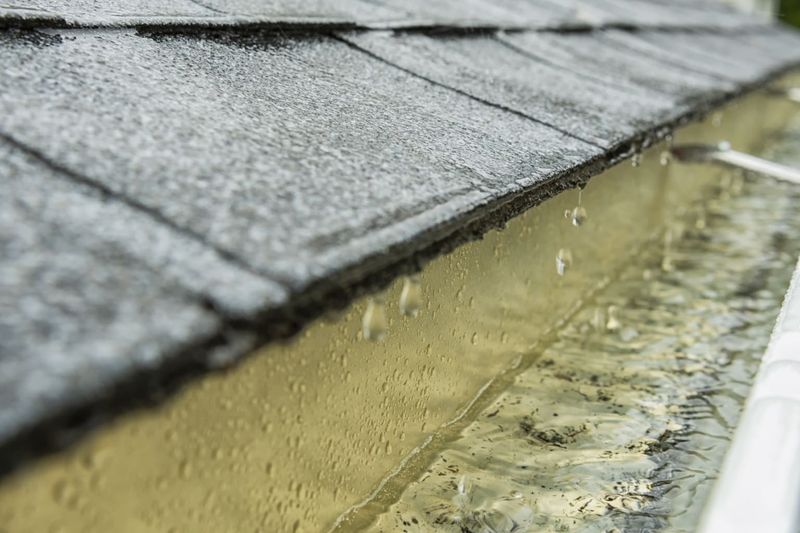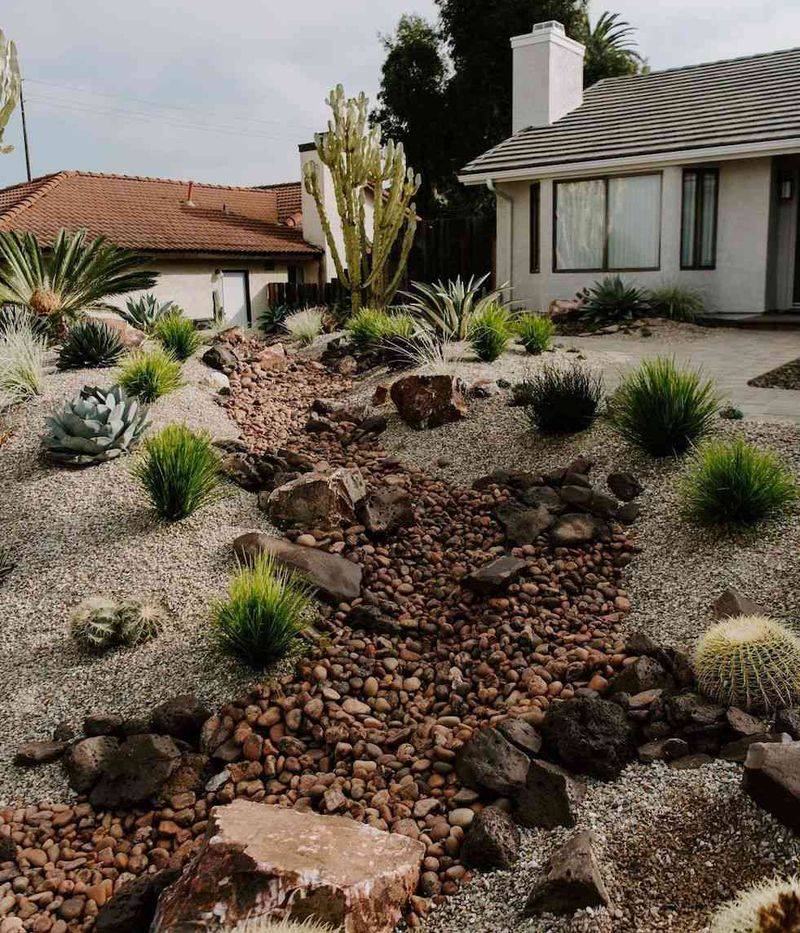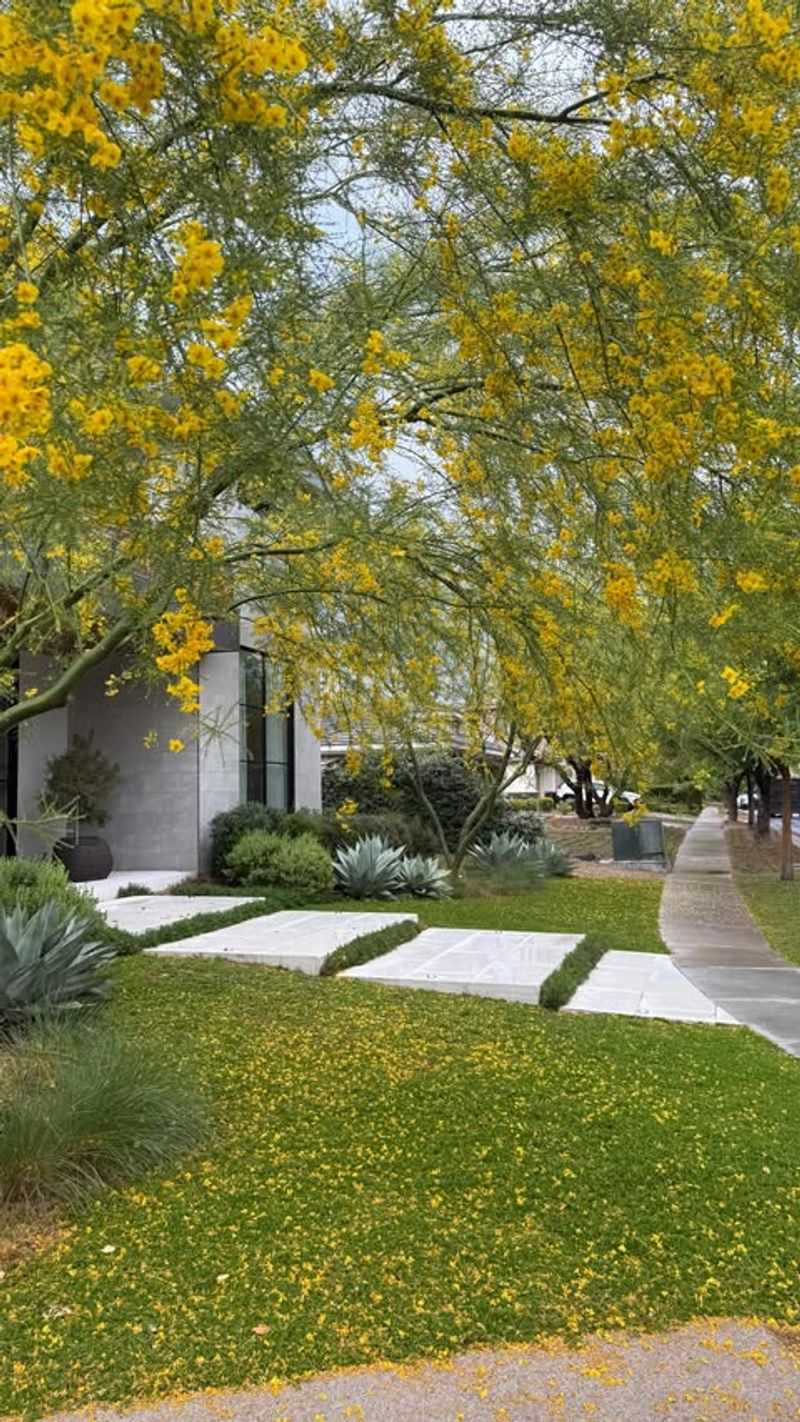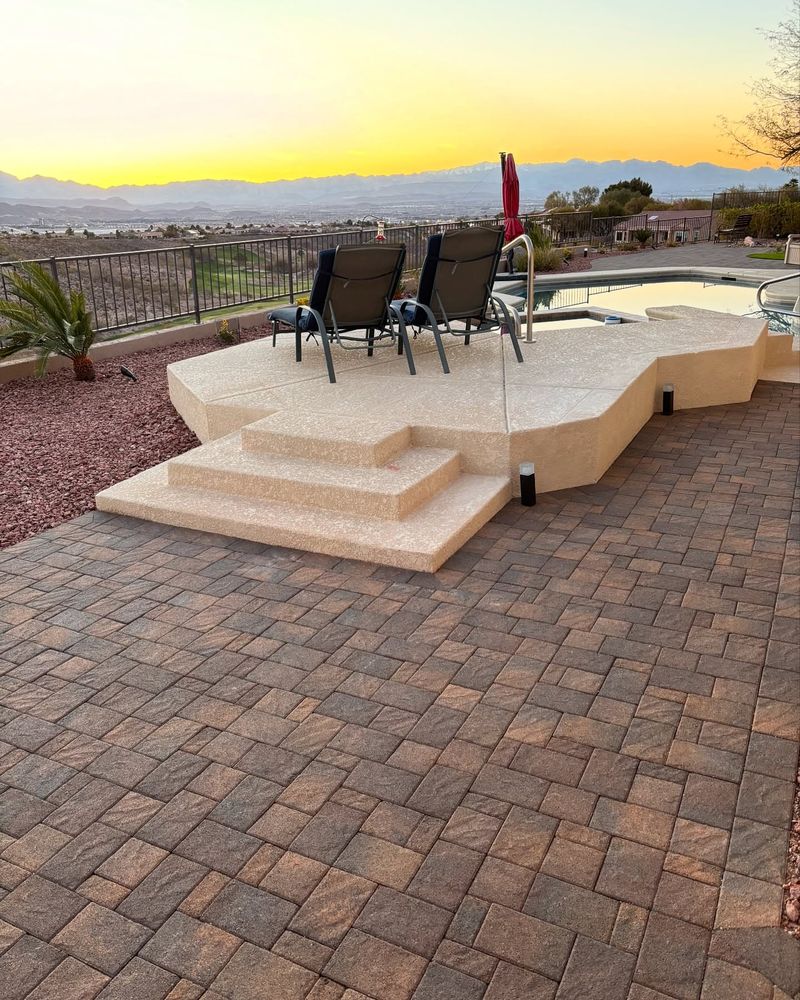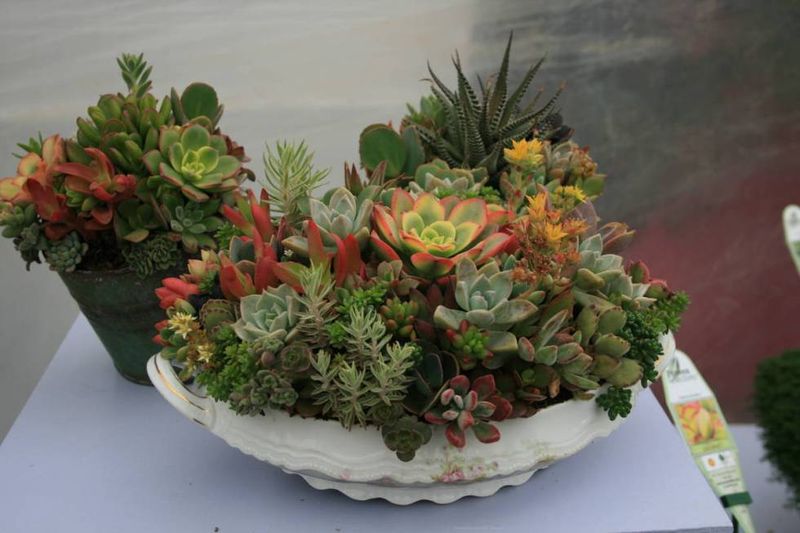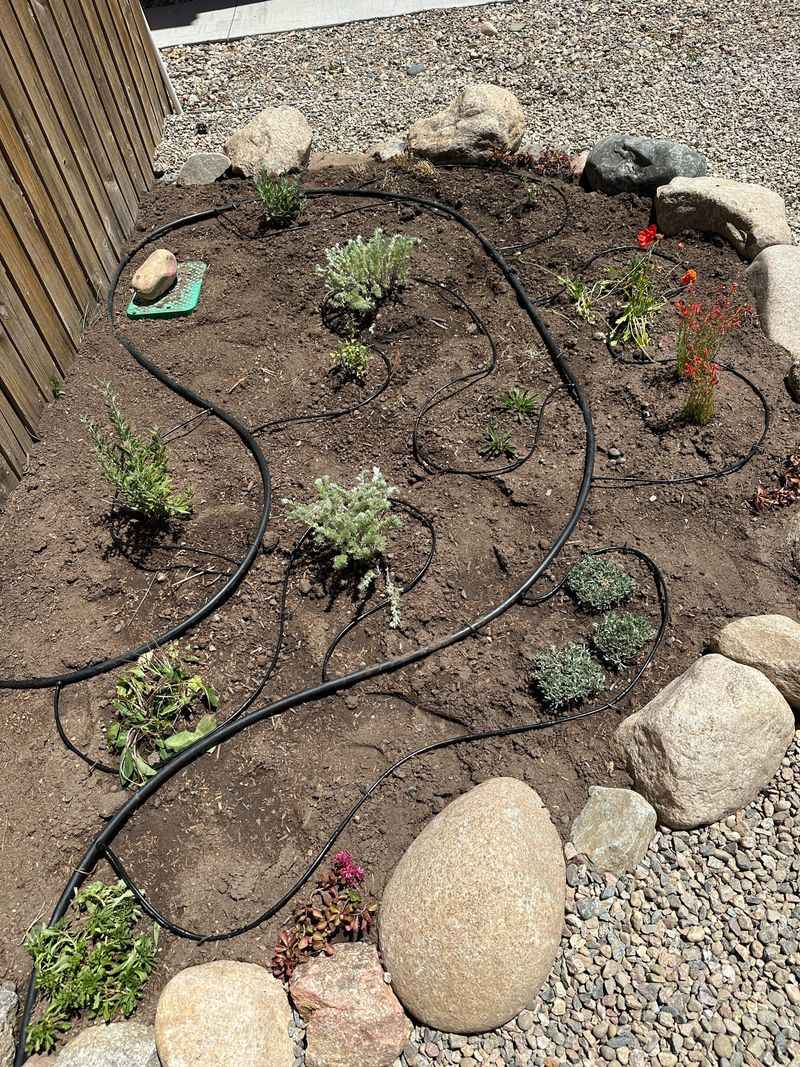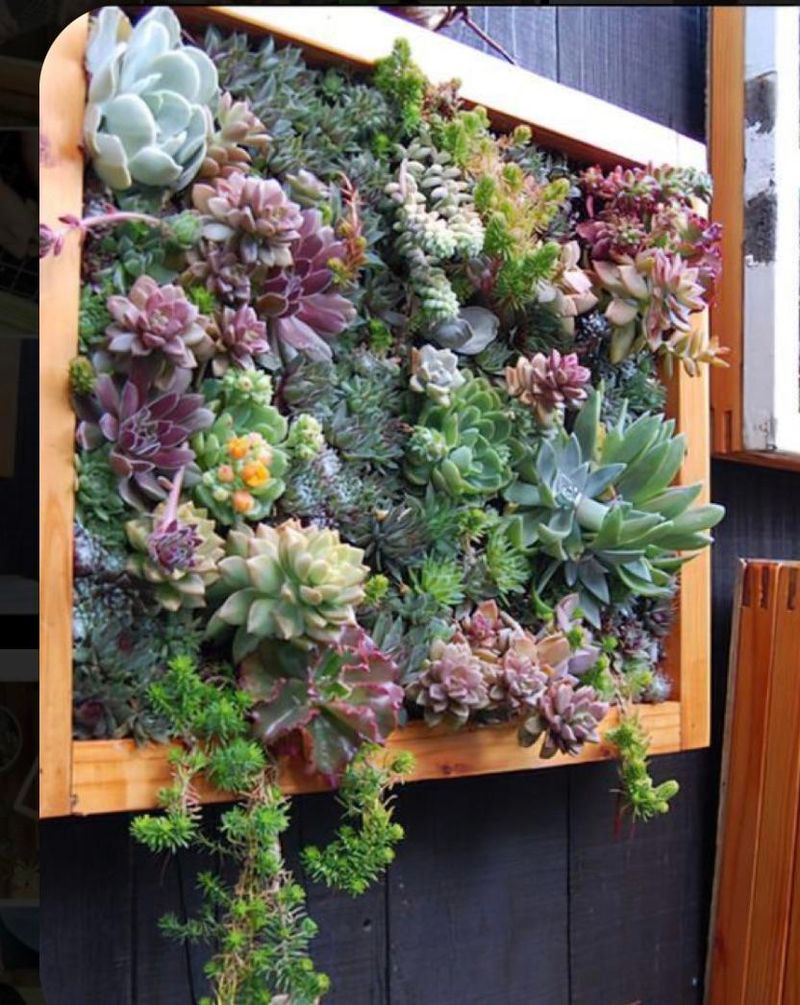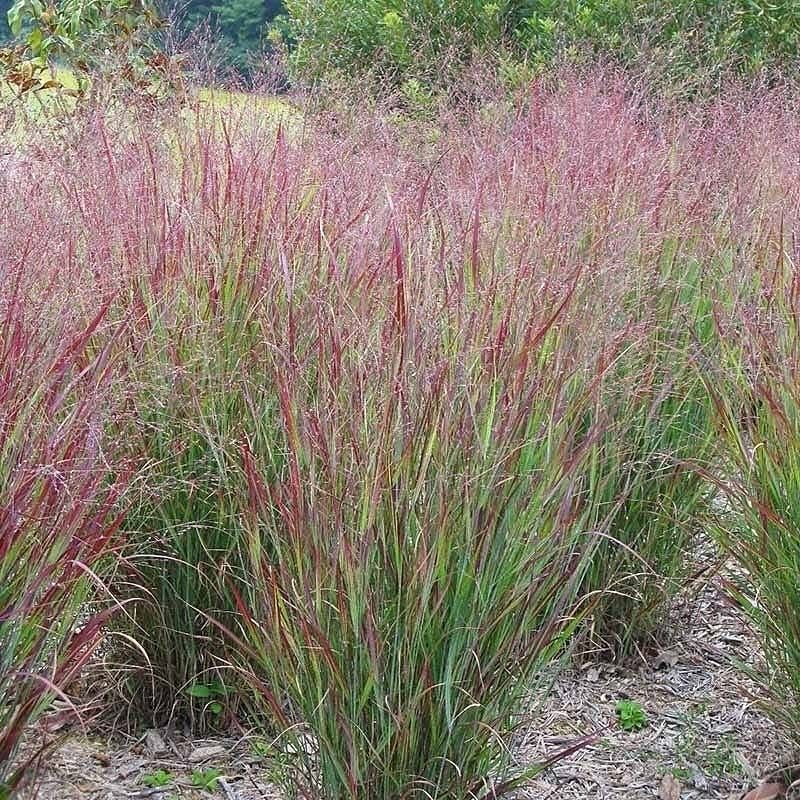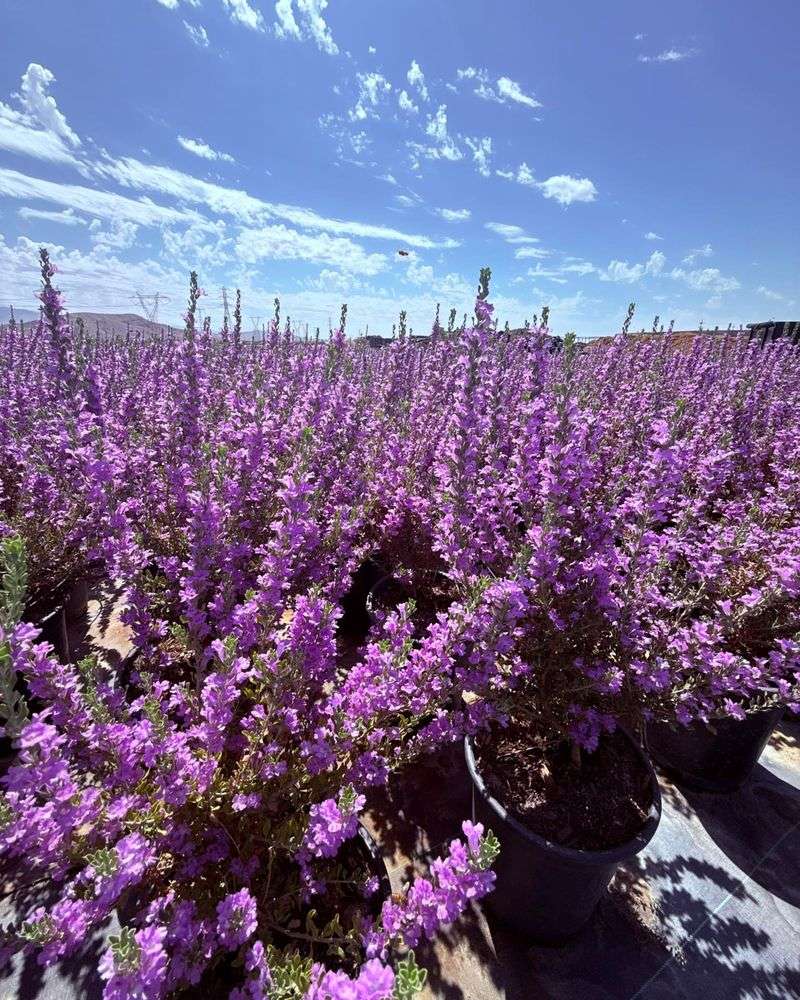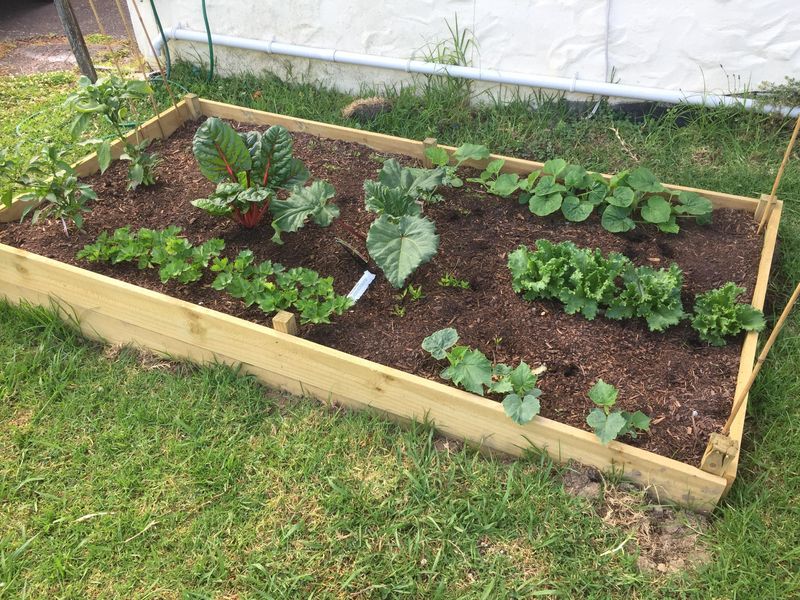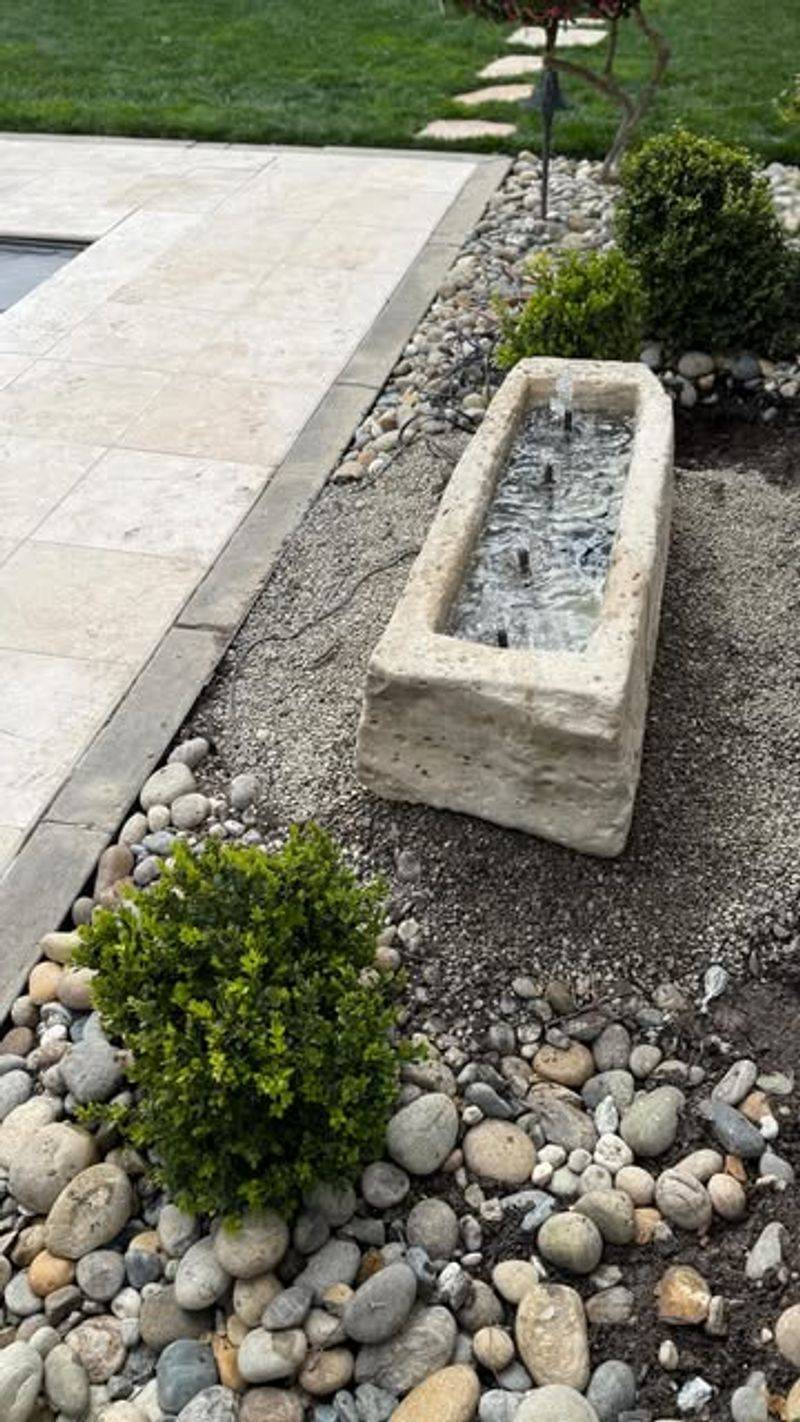Nevada’s blazing sun and dry conditions make traditional lawns tough to maintain—and tough on your water bill. But that doesn’t mean your yard has to suffer. With thoughtful design and desert-friendly plants, you can create a landscape that’s both beautiful and sustainable.
Swapping grass for native shrubs, succulents, and gravel paths turns your outdoor space into a low-maintenance oasis. These plants are built for the heat and need far less water to thrive.
Plus, they add texture and color that lawns just can’t match. A desert-smart yard saves time, money, and resources while still looking incredible. It’s a win for your wallet and the environment—and proof that beauty doesn’t have to come with a sprinkler system.
1. Desert-Adapted Native Plants
Forget struggling with thirsty imported flowers. Nevada’s native plants evolved specifically for our harsh conditions, making them practically maintenance-free once established.
Penstemons add pops of color with trumpet-shaped blooms that hummingbirds adore. Desert marigolds create carpets of cheerful yellow throughout summer with minimal fussing.
I’ve found my native plant garden needs watering just twice monthly even during July heat waves – compared to my neighbor’s lawn that requires daily soaking.
2. Strategic Gravel Mulching
Covering bare soil with decorative gravel does more than look great – it dramatically reduces evaporation and suppresses weeds. Choose local stone colors that complement your home’s exterior.
Apply a 3-inch layer after installing landscape fabric to prevent rocks from sinking into soil over time. River rocks, crushed granite, and decomposed granite offer different textures and drainage properties.
My backyard water usage dropped 40% after switching from bark mulch to gravel, plus I haven’t pulled a weed in months!
3. Artificial Turf Accents
Modern synthetic grass has come miles from the plastic-looking stuff of yesteryear. Today’s versions feel natural underfoot and maintain their color without a drop of water.
Create defined play areas or small lounging spaces rather than covering large areas. The upfront cost pays for itself through eliminated watering, mowing, and fertilizing expenses.
My family installed a 10×12 foot turf patch three years ago – it still looks perfect despite our energetic dog’s best efforts to destroy it!
4. Succulent Gardens
Hardy succulents store water in fleshy leaves and stems, thriving in Nevada’s intense sunlight with minimal irrigation. Group different varieties for fascinating texture contrasts.
Agaves make dramatic architectural statements while sedums create living carpets in shades from silver to burgundy. Cold-hardy varieties like ‘Blue Spruce’ sedum and certain sempervivums survive Nevada’s occasional freezes.
Last summer I forgot to water my succulent bed for six weeks during a family emergency – returned to find everything perfectly fine!
5. Rainwater Harvesting Systems
Even in Nevada’s dry climate, we can capture precious rainfall when it does arrive. Simple rain barrels connected to downspouts collect surprising amounts of water during our occasional downpours.
More ambitious systems direct roof runoff into landscape basins where desert plants can access moisture long after storms pass. French drains help distribute water throughout larger properties.
After installing my 50-gallon rain barrel last year, I collected enough water to support my container garden through three summer months without turning on a hose once.
6. Decorative Dry Creek Beds
Transform drainage problems into landscape features by creating meandering dry creek beds with smooth river rocks. These channels direct occasional rainwater while adding year-round visual interest.
Vary rock sizes from small pebbles to larger boulders for natural appearance. Plant drought-tolerant grasses along edges to soften the look and prevent erosion.
Our neighborhood’s flash flooding issues disappeared after several homeowners installed coordinating dry creek beds – now they’re the most admired yards on the block!
7. Desert-Friendly Shade Trees
Strategic tree placement can slash summer cooling costs while creating outdoor living spaces. Desert willow, mesquite, and palo verde trees provide dappled shade without demanding excessive water.
Plant on eastern or western exposures to shield your home from harsh sun. Avoid northern placements that block winter warmth. Keep trees at least 10 feet from foundations to prevent root damage.
The desert willow I planted five years ago now keeps my patio 15 degrees cooler in summer with just monthly deep watering.
8. Permeable Hardscaping
Expand usable outdoor space with permeable pavers that allow rainwater to soak into the ground rather than run off. These create patios and pathways without contributing to water waste.
Flagstone set in sand, decomposed granite, or spaced concrete pavers all allow moisture penetration. Edge with native plants that benefit from the collected water.
My permeable paver driveway has eliminated puddles completely while directing moisture to the desert ironwood trees flanking the entrance – they’ve grown noticeably faster than others in the neighborhood.
9. Potted Garden Groupings
Container gardens concentrate watering needs in small areas while adding movable color throughout your landscape. Glazed pots reduce evaporation compared to terracotta.
Group containers of different heights for visual interest, and use saucers to catch drainage water. Choose succulents, ornamental grasses and herbs for the lowest maintenance options.
Since clustering my containers near the kitchen door, I’ve cut watering time in half while enjoying fresh herbs and flowers right where I need them most.
10. Efficient Drip Irrigation
Replace wasteful sprinklers with precise drip systems that deliver water directly to plant roots. Modern kits make installation surprisingly simple for weekend warriors.
Add a smart controller that adjusts watering based on weather conditions and plant needs. Emitters with different flow rates can customize delivery to various plant types.
After converting from sprinklers to drip last spring, my water bill dropped 60% while my plants actually look healthier – no more leaf burn from midday watering!
11. Vertical Succulent Walls
Wall-mounted succulent displays create living art while taking up minimal ground space. These vertical gardens thrive in Nevada’s sunshine and require watering just once weekly.
Use specialized frames with soil pockets or repurpose wooden pallets lined with landscape fabric. Start with small plants that will fill in over time – sempervivums, sedums, and echeverias work beautifully.
The succulent wall on my garden shed has become a neighborhood conversation piece and survived temperatures from 20 to 110 degrees without complaint.
12. Ornamental Grass Groupings
Drought-resistant ornamental grasses add movement and texture that soften rocky landscapes. Their graceful swaying creates a cooling visual effect even on still Nevada afternoons.
Mexican feather grass, blue fescue, and deer grass offer different heights and colors. Plant in odd-numbered groupings for natural-looking drifts rather than formal rows.
The maintenance couldn’t be simpler – I just cut mine back once yearly in late winter, then enjoy twelve months of effortless beauty.
13. Desert-Adapted Flowering Shrubs
Flowering desert shrubs provide structure, privacy and color with minimal water demands. Their woody branches weather Nevada’s temperature extremes better than herbaceous perennials.
Texas ranger bursts with purple blooms after summer rains while creosote bush releases that distinctive “desert rain” scent. Red bird of paradise adds tropical flair despite our decidedly non-tropical climate.
My Texas ranger hedge has flowered continuously from May through October for three years straight with just monthly deep watering.
14. Raised Bed Vegetable Gardens
Grow your own food even in Nevada’s challenging climate by using raised beds with water-efficient irrigation. The controlled environment makes desert vegetable gardening surprisingly productive.
Build beds no wider than four feet for easy access from all sides. Install drip lines before filling with quality soil mixed with compost for improved water retention.
Last summer my three 4×8 raised beds produced all our family’s vegetables using 70% less water than my previous in-ground garden – plus no stooping to weed!
15. Focal Point Water Features
Small, recirculating water features provide cooling effects without excessive consumption. The sound of trickling water creates psychological cooling that makes outdoor spaces more enjoyable during Nevada summers.
Choose sealed systems with minimal surface area to reduce evaporation. Solar-powered pumps eliminate electricity costs while keeping water moving to prevent mosquito breeding.
The small urn fountain in my courtyard uses just 3 gallons of water and needs topping off only weekly, yet transforms the space into an oasis.

